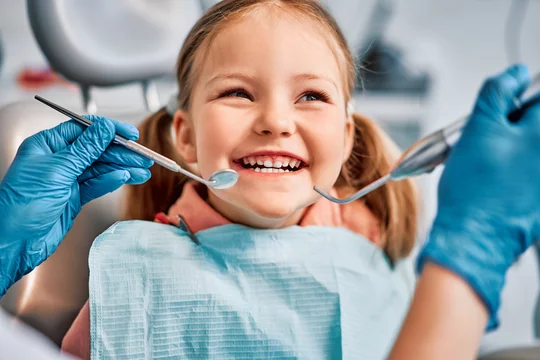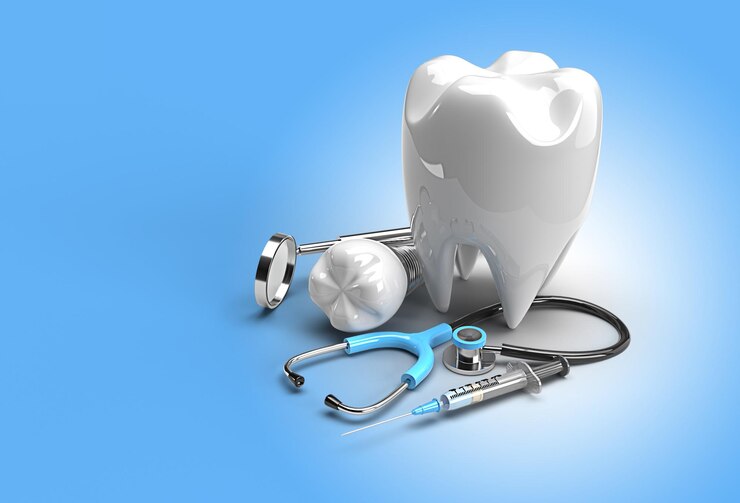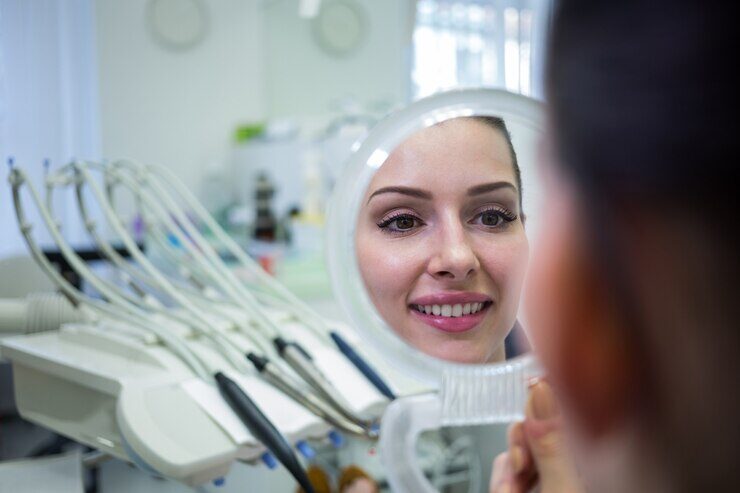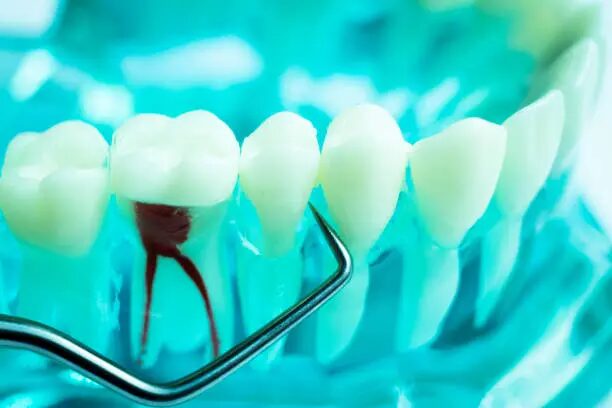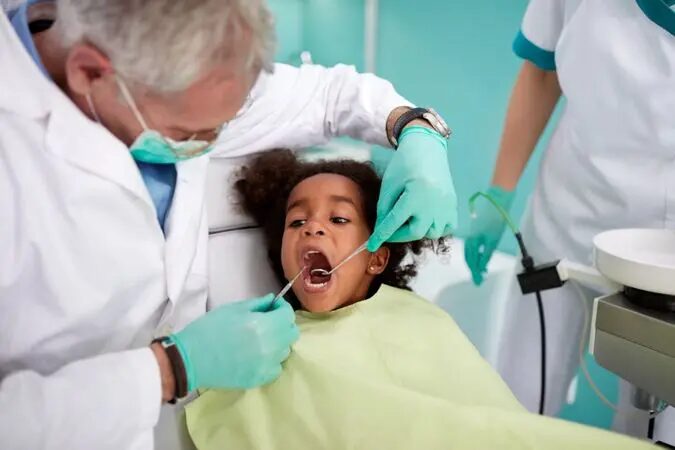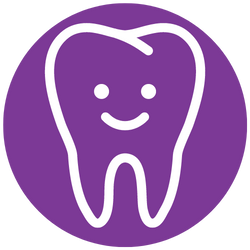Technology has revolutionized every aspect of healthcare, including dentistry. In pediatric dentistry, the integration of advanced technologies has led to significant improvements in diagnosis, treatment, and overall patient experience. From digital imaging and 3D printing to teledentistry and virtual reality, innovative technologies are reshaping the landscape of pediatric dental care. This article explores the various ways in which technology is being integrated into pediatric dentistry, highlighting the benefits and implications for better care.
Digital Imaging and Radiography
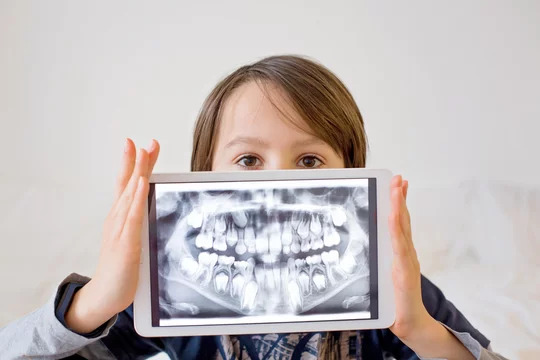
One of the most notable advancements in pediatric dentistry is the adoption of digital imaging and radiography. Traditional X-ray films have been largely replaced by digital sensors, which offer numerous advantages. Digital radiography reduces radiation exposure by up to 90% compared to conventional X-rays, making it safer for children. Moreover, digital images can be instantly viewed, manipulated, and stored electronically, allowing for more accurate diagnosis and treatment planning. This technology enables dentists to detect cavities, assess growth and development, and monitor orthodontic progress with greater precision.
Intraoral Scanners and 3D Imaging

Intraoral scanners and 3D imaging technologies have revolutionized the way pediatric dentists capture and analyze dental anatomy. These devices use advanced optics and lasers to create highly detailed digital impressions of a child’s teeth and gums. Intraoral scanners eliminate the need for messy traditional impression materials, making the experience more comfortable for young patients. Furthermore, 3D imaging allows dentists to visualize dental structures in three dimensions, facilitating more accurate diagnosis and treatment planning. This technology is particularly valuable for orthodontic assessments, early detection of dental anomalies, and designing customized dental appliances for children.
Teledentistry and Remote Consultations
Teledentistry is an emerging field that leverages telecommunications technology to provide dental care remotely. This innovative approach is especially beneficial for children in underserved or remote areas who may have limited access to dental services. Through video conferencing, mobile apps, and secure online platforms, pediatric dentists can conduct virtual consultations, provide oral health education, and remotely monitor patients’ progress. Teledentistry also enables collaboration between dental professionals, allowing for second opinions and interdisciplinary consultations. By expanding access to care and reducing barriers to treatment, teledentistry improves oral health outcomes for children, regardless of their geographical location.
Virtual Reality and Distraction Techniques
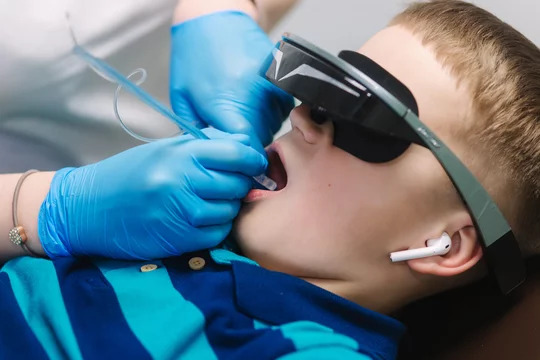
Managing anxiety and fear is a significant challenge in pediatric dentistry. Virtual reality (VR) technology offers a promising solution by providing immersive and interactive experiences that distract children during dental procedures. VR headsets can transport young patients to virtual worlds where they can engage in games, explore environments, or watch entertaining videos, effectively diverting their attention away from dental treatment. Studies have shown that VR distraction reduces pain perception, anxiety levels, and behavioral distress in children undergoing dental procedures. By creating a positive and enjoyable atmosphere, VR technology enhances the overall dental experience for children and promotes cooperation during treatment.
Artificial Intelligence and Predictive Analytics

Artificial intelligence (AI) and predictive analytics are transforming the way pediatric dentists analyze data, predict outcomes, and personalize treatment plans. AI algorithms can analyze large datasets of patient records, dental images, and clinical outcomes to identify patterns, trends, and correlations. This data-driven approach enables dentists to predict the risk of dental caries, malocclusions, and other oral health conditions in children. By stratifying patients based on their individual risk profiles, dentists can implement targeted preventive interventions and early intervention strategies to minimize the progression of dental disease. AI-powered decision support systems also assist dentists in diagnosing abnormalities, interpreting radiographs, and selecting appropriate treatment options for pediatric patients.
Conclusion
Integrating technology into pediatric dentistry is revolutionizing the way oral healthcare is delivered to children. From digital imaging and 3D printing to teledentistry and virtual reality, innovative technologies are enhancing diagnostic accuracy, treatment efficiency, and patient experience. By leveraging these advancements, pediatric dentists can provide safer, more precise, and more personalized care to children of all ages. As technology continues to evolve, the future of pediatric dentistry holds exciting possibilities for improving oral health outcomes and empowering young patients to maintain lifelong dental wellness.

